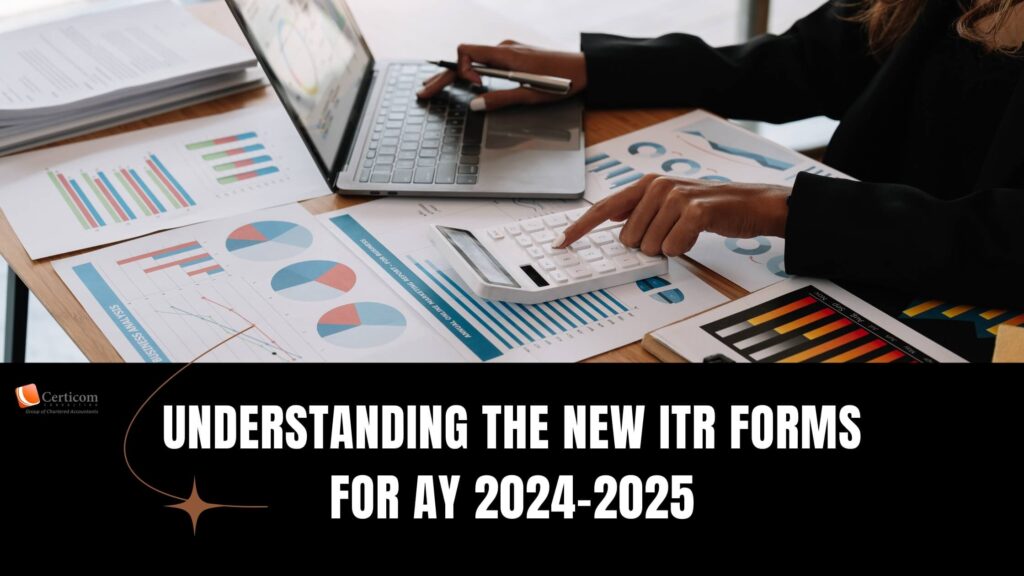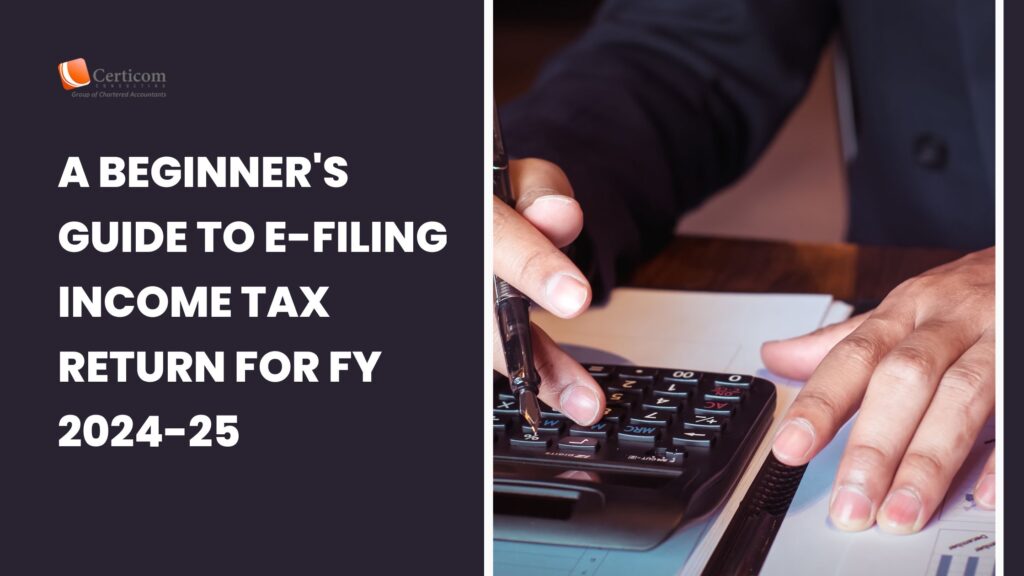Eligibility & Key Features of ITR Forms for Assessment Year (AY) 2024-25

The Income Tax Department of India has unveiled the new Income Tax Return (ITR) forms for the Assessment Year (AY) 2024-25, featuring significant updates and additional details. This guide provides a comprehensive overview of the key points and changes in these ITR forms.
ITR 1 (SAHAJ)
This form is for resident individuals with a total income up to INR 5 million, covering income from salary, pension, one house property, and other sources (excluding horse racing).
- Includes income from salary, pension, one house property, and other sources.
- Allows exempt income up to INR 5,000.
ITR 2
Suitable for individuals and Hindu Undivided Families (HUFs) not eligible for ITR-1. This includes those with income from more than one house property, income from other sources including horse racing, gambling, lotteries, and income to be clubbed with another person’s income.
- Requires additional details such as LEI details, contributions to political parties, and deductions for the maintenance of a dependent with a disability.

ITR 3
Designed for individuals with business or professional income. Mandatory for those whose income is taxable under “profits and gains of business or profession”.
- Includes details of business income.
- Covers alternative tax regime under Section 115BAC.
- Requires additional disclosures for non-residents.
ITR 4 (SUGAM)
Applicable to resident individuals, HUFs, and firms (excluding LLP) with a total income up to INR 5 million and business or profession income computed under sections 44AD, 44ADA, or 44AE of the Income-tax Act.
- Includes a new field for reporting receipts in cash.
- Available to freelancers receiving income under sections 44AD, 44AE, or 44ADA.
ITR 5
Intended for a specific class of taxpayers, including Association of Persons (AOPs), LLPs, firms, Body of Individuals (BOIs), Estate of deceased, Artificial Juridical Person (AJP), Business Trust, Estate of Insolvent, and Investment Funds.
- Not available to individuals, corporations, HUFs, and those filing under sections 139(4A), 139(4B), 139(4C), or 139(4D).

ITR 6
For companies registered under the Indian Companies Act of 1956 or any other law, even if they are not claiming exemption under Section 11 (income from property held for charitable or religious purposes).
- Mandates electronic filing for specific sections.
ITR 7
Suitable for charitable/religious trusts, political parties, scientific research institutions, and university/colleges/institutions/Khadi and village industries requiring exemptions under various sections.
- Mandates electronic filing for specific sections.
Related Post
A Beginner’s Guide to E-Filing Income Tax Return for FY 2024-25
Faking Tax Deductions? You Could Be Penalised Up To 200% Under Income Tax Rules
Book A One To One Consultation Now For FREE
How can we help? *




